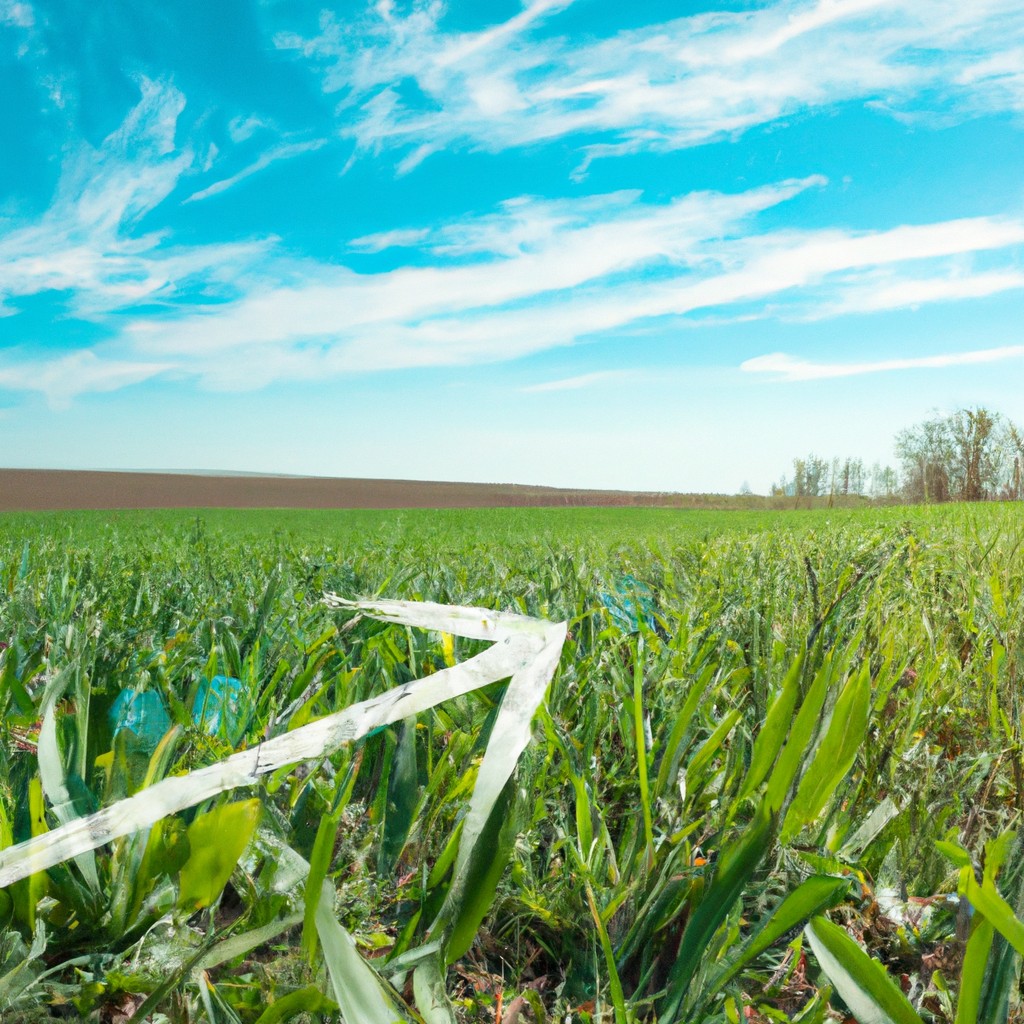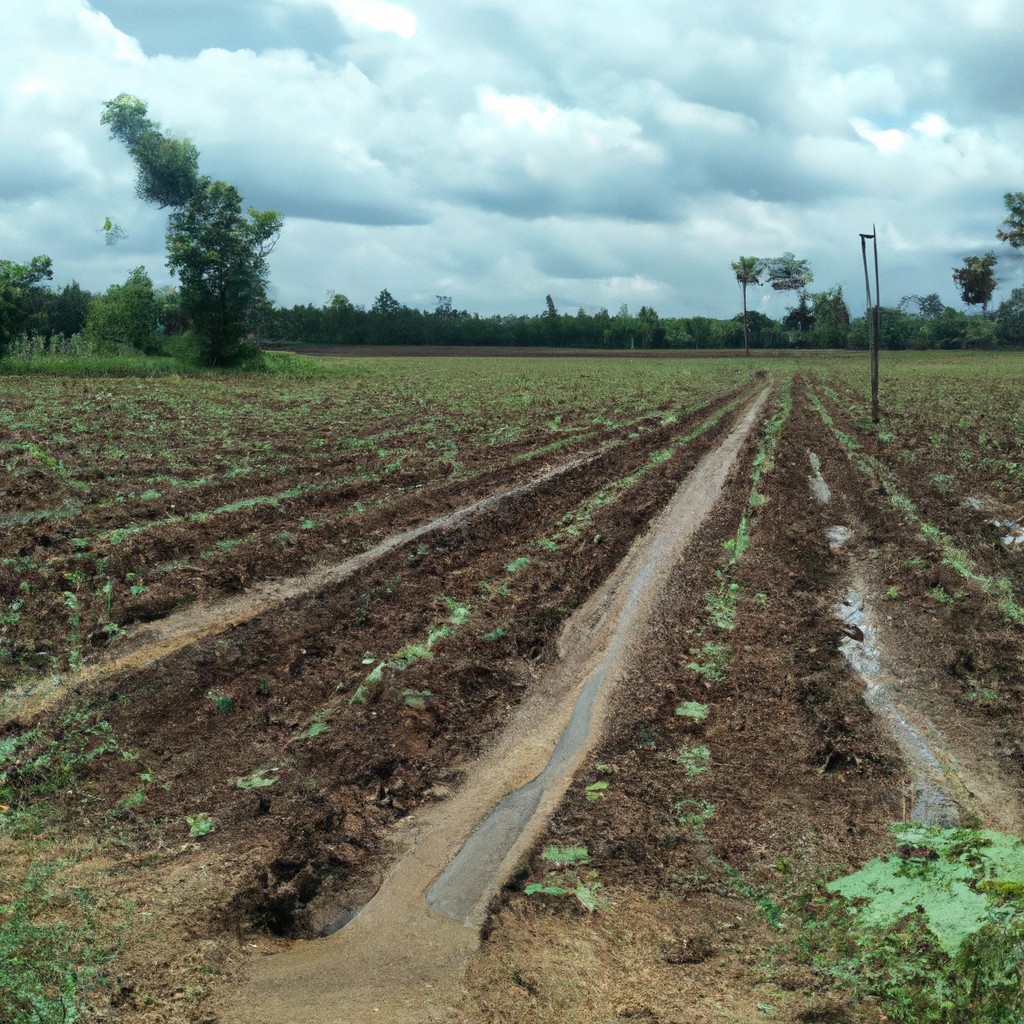Systematic agriculture is a strategic approach that streamlines farming operations for better productivity and sustainability, and this article will clarify its principles and practices.
Look Inside:
Definition of Systematic Agriculture

Systematic agriculture is a methodical approach to farming that emphasizes organization, planning, and efficient resource management. Think of it as chess with nature—every move is calculated, with the intention of not just winning today’s game but ensuring victories in seasons to come.
This approach typically includes the strategic use of crop rotation, soil enhancement practices, water management, and pest control methodologies that mesh together like gears in a well-oiled machine. The goal? To maximize the potential of the land while nurturing its health for future generations.
Adopting such an approach enables farmers to predict agricultural outcomes more accurately. By knowing the playing field—climate patterns, soil conditions, and crop behaviors—they’re better equipped to make informed decisions. It’s about playing the long game; planting seeds not just for a season’s harvest but for sustainable success.
Key Principles of Systematic Agriculture
Systematic agriculture is akin to a well-tuned orchestra. Every element from the soil to the seeds plays a vital part in the symphony of sustainable farming. Accessibility to the appropriate resources and knowledge allows farmers to craft a harmonious environment that fosters growth and resilience.
At the core of this approach is crop rotation. Like a dance, different crops take turns on the field. This practice reduces pests and disease while maintaining soil fertility. Including legumes, for instance, adds nitrogen back into the soil, acting as a natural fertilizer for the next crop.
Soil conservation techniques are also paramount. By employing methods such as no-till farming or contour plowing, farmers can protect the land from erosion. This is like putting a safety net under your high-wire act, ensuring that the soil—and your hard work—doesn’t wash away with the first sign of rain.
Irrigation management is no small drop in the bucket. Water is a precious commodity in agriculture and using it wisely can mean the difference between a bumper crop and a bust. Techniques like drip irrigation deliver water directly to the roots, minimizing waste and maximizing growth.
Integrated pest management is another cornerstone. Rather than the old-school method of blanket spraying pesticides, this is about knowing your enemy and outsmarting them. By understanding pest life cycles and employing biological controls, farmers can keep critters in check without upsetting the ecological balance.
Adopting systematic agriculture isn’t just smart farming; it’s like setting the chessboard for future success. By harnessing these key principles, farmers not only sow seeds but also sow the sustainability and productivity of their land for generations to come.
Impact of Systematic Agriculture On Crop Yield and Soil Health
Like a master chef perfecting a recipe over time, systematic agriculture refines the process of growing crops systematically for better yield and soil health.
First off, healthy soil is the foundation for nutritious, abundant crops. Systematic approaches often involve crop rotation, where different plants take turns using and enriching the soil. This keeps pests guessing and allows the earth to rest and restore its nutrients—not unlike rotating between different exercises to keep your body balanced and strong.
Then, there’s the practice of cover cropping, which acts like a protective blanket for the soil. Between main crops, these unsung heroes hold the fort, preventing erosion, conserving moisture, and thwarting weeds that might otherwise take over—a bit like using a case for your phone to protect it from the elements.
Moreover, systematic agriculture often utilizes organic matter like compost to give back to the land. Think of it as the soil’s favorite food, replenishing its vitality and ensuring crops have a hearty meal to draw from.
Lastly, precision farming techniques monitor and treat crops and soil with exacting amounts of water and nutrients, as precise as a pharmacist measuring out a prescription. By cutting down on waste, it protects the environment and leads to fuller, healthier harvests, much like a well-oiled machine consistently producing quality goods.
Through these strategies, systematic agriculture ensures that not only do we reap more bountiful harvests today, but also that our precious soil can continue to sustain future generations—a true win-win if ever there was one.
Role of Technology in Systematic Agriculture
In the tapestry of modern farming, technology threads in efficiency and precision. Picture drones overhead, gathering crop data with an eagle’s eye view, swiftly turning information into actionable insights. These aerial helpers map out farmland, highlighting areas thirsty for attention or ripe for harvest.
Smaller-scale innovations are equally pivotal. Soil sensors dive deep underground, testing moisture and nutrient levels like nature’s own physicians. This real-time feedback allows farmers to optimize irrigation schedules and fertilization plans, conserving water and improving soil vitality.
Don’t underestimate the power of the humble smartphone, now a farmer’s multi-tool. Apps transform devices into portable farm managers, tracking livestock, monitoring produce markets, and even controlling machinery remotely. As boundaries between analog practices and digital tools blur, the agrarian landscape is reshaped for the better.
Behind the scenes, data analytics play a silent yet critical role. By crunching numbers on weather patterns, pest populations, and crop performance, predictive models emerge. These crystal balls guide farmers in making informed decisions, sewing seeds of confidence in future harvests.
As society leans into sustainable practices, technology in agriculture morphs from luxury to necessity, ensuring that fields stay fruitful and farming vaults forward into the next era of environmental stewardship.
Future Prospects of Systematic Agriculture
Systematic agriculture is poised for a growth spurt fueled by innovation and environmental necessity. As we blend traditional know-how with cutting-edge tech, the future looks greener — literally and figuratively. Here’s a snapshot of what lies ahead:
First off, big data and artificial intelligence are about to become a farmer’s best friends. Think precision farming — where every drop of water, every seed, and every ray of sunlight is optimized for maximum growth and minimum waste. These smart systems learn from each plot of land, making informed decisions that go beyond guesswork.
Next, we’re likely to see a surge in agroforestry practices. This method plants trees alongside crops, creating a symbiotic relationship that benefits both. It’s a nod to the fact that working with nature, rather than against it, can lead to bountiful harvests and healthier ecosystems.
And let’s not forget about soil. Soil health is the unsung hero of agriculture, and future systems will pay it the respect it’s due. By prioritizing soil regeneration, we’ll see a significant reduction in harmful chemical inputs. Healthier soil equals healthier food — and a healthier planet.
Lastly, sustainability is no longer a nice-to-have; it’s an imperative. Expect to see more farmers embracing renewable energy sources, from solar-powered irrigation to wind-powered operations. It’s a win-win, cutting costs and carbon footprints.
So, as we look ahead, systematic agriculture is shaping up to be an alliance of efficiency, ecology, and economics — a trinity that could redefine our relationship with farming. Keep your ears to the ground; this is only the beginning of agriculture’s new era.




